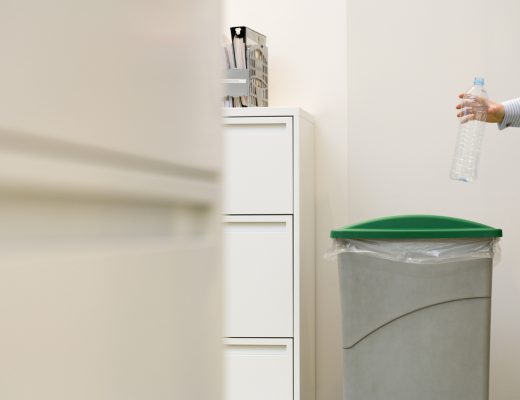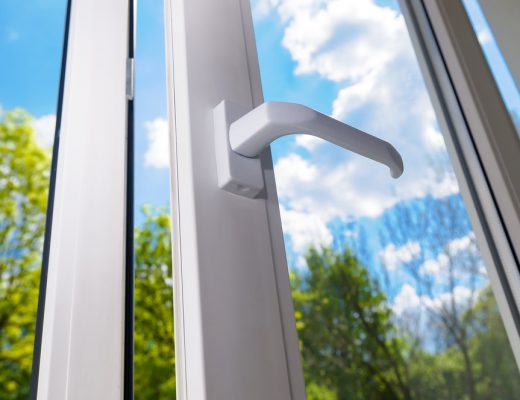There are so many little habits that we commonly form at home that may seem harmless, but in actual fact, adversely affect our environment in a big way. Conserving at home saves you money and helps reduce the demand of energy, which lowers the need and usage of fossil fuels. And since lower demand of fossil fuel equates to less carbon dioxide pollution, this alone can help lower the destructive weight that’s being placed on our ecosystem.
With the amount of energy efficient alternatives, and both local and global environmental initiatives, whether you live in a new apartment or older detached home conserving at home has never been easier. Here are 5 ways that you can get started.
Conserve with Home Appliances
Swapping out old, energy hog appliances for newer energy efficient models is a great start. You can find these alternatives for just about any and every type of home appliance you need. However, if you can’t afford to go that route, then there are still ways to conserve with your current home appliances. Here are a few suggestions:
- Wash clothing in cold water. Try to avoid using hot water for washing clothing. Using warm or cold water instead can help save approximately 500 pounds of CO2 per year for those with electric water heater, or 150 pounds for a gas heater.
- Lower the temperature of your water heater. Thermostats only need to be set at 120 degrees F. You can save 600 pounds of CO2 per year by lowering your water heater by 10 degrees.
- Lower the temperature of your fridge. Refrigerators need to be set as close to 37 degrees. Use a thermometer to adjust your fridge to be as close to that temperature as possible since they are often set too high. Refrigerators account for approximately 20% of household electricity use.
- Use the dishwasher or washing machine only when there’s a full load. Also, you can select to have dishes air dry instead of using heat. This can conserve both water and energy usage.
Conserve by Using Energy Efficient Bulbs
Compact fluorescent blubs can illuminate a room just as well, if not better, than regular incandescent bulbs. However, fluorescent bulbs use only ¼ of the energy and last 8-12 times longer. It’s a simple switch that can help.
Conserve by Reducing Household Waste
One of the easiest ways to help the environment is by curtailing waste production and pollution.
- Use reusable item. When you grocery shop, or get take-out food, use reusable bags, containers and utensils rather than plastic disposables. And take note of what you can compost and recycle in your local district. Reducing your garbage output by half of one large trash bag per week saves at least 1100 pounds of CO2 per year.
Helping out the environment and minimizing your ecological footprint is easier than you may think. With a few simple new habits, you can drastically reduce the stress that’s placed on your monthly bills, along with the destructive weight that is destroying our planet.




